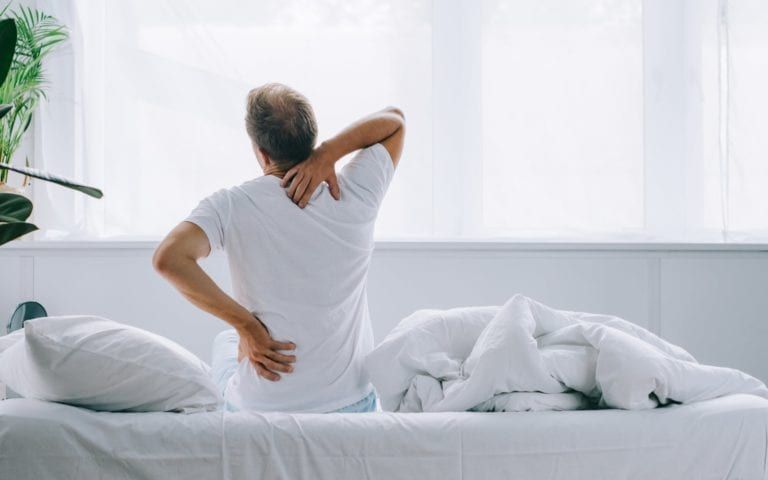Tips and Tricks For Easing Neck and Back Pain During Your Workday

Nearly 80% of all Americans experience pain in their neck or back during their lifetime. Of them, those that work in environments that put additional strain on these joints are more likely to develop chronic problems with these joints. Joint pain of this type is due to continual strain on these points, so learning how to ease this pain is also learning how to reduce risks of chronic pain. Below we’re going to go into some basic techniques you can use to help ease these symptoms and slow the advance of related chronic conditions.
What To Know About Back and Neck Pain And Related Symptoms
Before we explain the steps you can take to ease this pain, it’s important that you understand the scope of these conditions and what you need to watch for in the process. Mild neck and back pain is common, even in a chronic format, but additional symptoms bear additional attention. If you’re coping with one or more of these symptoms, or develop them while using the following techniques, stop using them and contact your physician immediately for further instructions.
-
Pain that spreads into the extremities, such as the arms or legs
-
The appearance or increase of weakness in the limbs
-
Spreading of burning or tingling through these areas
If you are not experiencing these kinds of symptoms, then it’s likely safe for you to take advantage of the following techniques to ease your pain. It may be wise to consult with a physician before beginning some of them, however.
-
Take It Easy – Relieving pressure on these joints is key, which may mean taking some time to rest. In severe cases, your symptoms may force you to do this anyway. A few days of rest is often enough to ease pain and tension and let you get back to work.
-
Ice, Followed By Heat – The first 48 hours after experiencing an event that triggers pain is time to use ice. After this time period, it will be heat that serves you best. The heat boosts blood flow, easing spasms and increasing flow to deep tissues.
-
Over-The-Counter Medications – Medications sold at your local pharmacy are often sufficient to ease most cases of neck and back pain. This relief should be accompanied by resting the affected area.
-
Adjust Your Daily Routine – If you can change the way you spend your day in a way that relieves tension on your back and neck, you’ll see results faster. What you want to avoid is avoiding moving, as this can actually aggravate the condition. Instead, be cautious with your movements and aware of your symptoms.
Additional Treatments That Can Help Your Condition
While the above practices can certainly help your back and neck recover from mild symptoms and prevent them from getting worse, more care may be needed. Speak to your physician to determine if massage, acupuncture, chiropractic, physical therapy, or other forms of treatment may help your condition.


Recent Comments